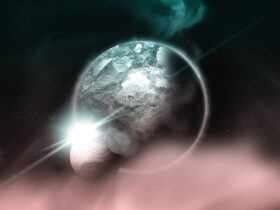Researchers are now able to compute the age and rate of the Universe’s expansion with an unparalleled level of accuracy thanks to a new map of the distances of tens of thousands of galaxies.
Even though the cosmos continually expands, everything is still moving across the emptiness, despite how deceptively calm the night sky appears. So, the new data are more than welcomed by all scientists ready to solve one of the most long-standing puzzles: the Universe.
Read out below to find more intriguing details.
How Old is the Universe Anyway?
The Universe’s age is actually estimated to be around 13.8 billion years. However, objects like the star Methuselah, which looks considerably older, have cast doubt on that. If you’re fascinated by science and calculations, you will appreciate the following stuff!
The Hubble constant, a great unit of measurement used by astronomers to determine the Universe’s expansion rate, is thought to be around 46.6 miles/s for every megaparsec or 3.26 million light-years. But that growth rate also poses a problem because different methods for estimating it produces a range of results.
Luckily, now everything is more straightforward.
Researchers have calculated a Hubble constant value of 47 miles/s/megaparsec using the new map, dubbed Cosmicflows-4. That has brought them closer than ever to explaining the age and scale of the great ol’ Universe: 75km/s/megaparsec.
R. Brent Tully is the research co-leader and an astronomer at the Unversity of Hawaii Institute of Astronomy. He released a statement explaining:
[…] we are able to measure distances of galaxies, and the related expansion rate of the universe and the time since the universe was born with a precision of a few percent.
So, for Cosmicflows-4, scientists assessed the separation between 56,000 galaxies and the speeds at which they are moving apart from one another. Quite impressive, isn’t it?!
And that’s not all.
Those galaxies’ distances and speeds, many of which contain hundreds of billions of stars, can provide researchers with new information about the extent of the Universe, which in turn can enable them more precisely to determine when the Big Bang occurred.












Leave a Reply